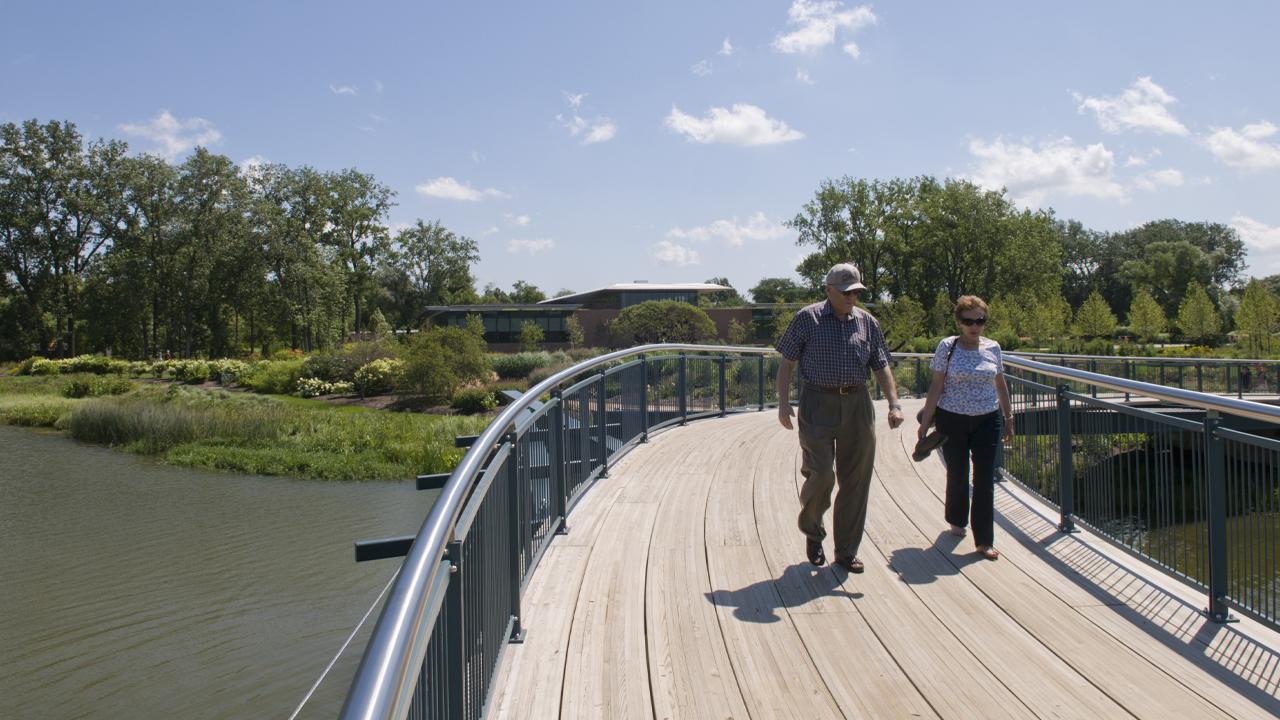

Conservation Walk #2
Conservation
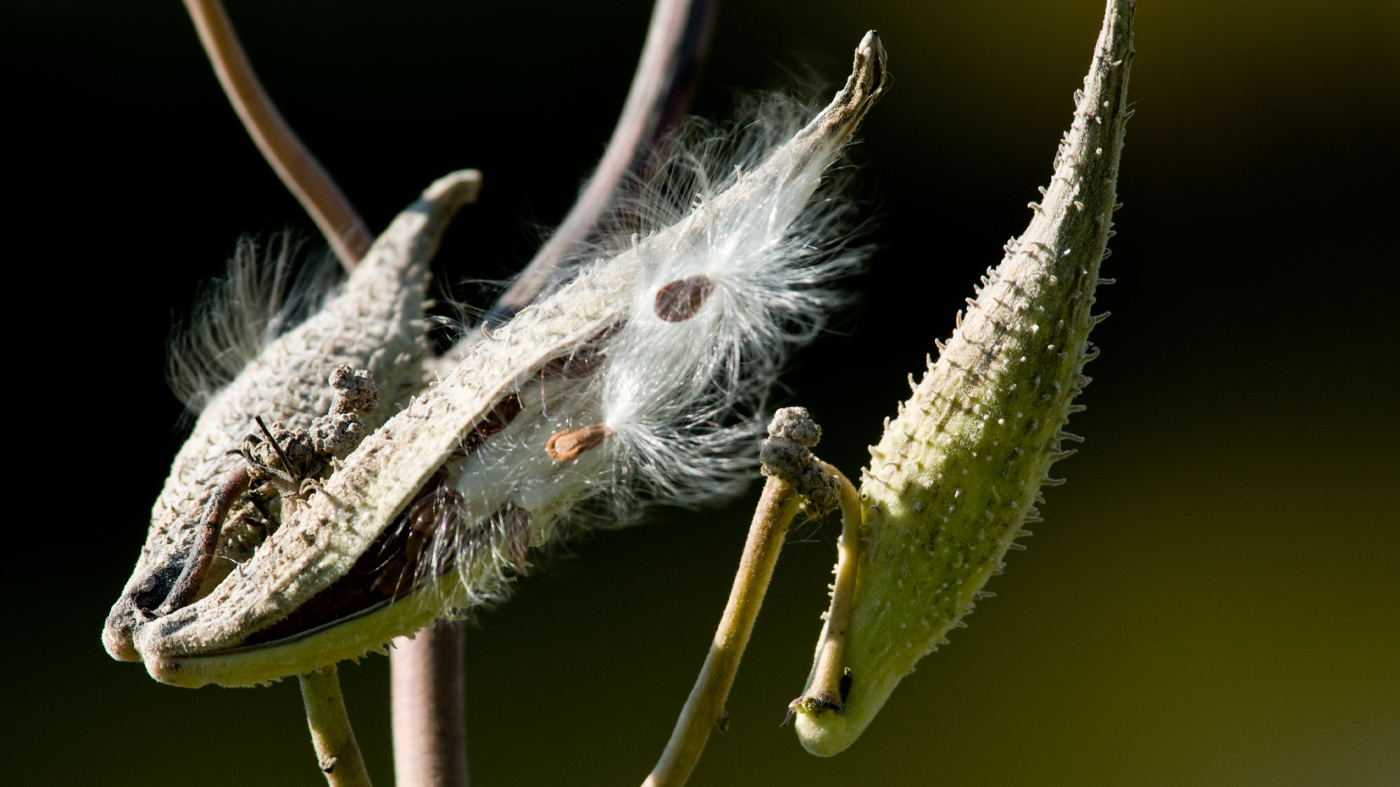
Conservation = Re-Creating the Prairie
Visitors strolling through the main gardens can approach the Daniel F. and Ada L. Rice Plant Conservation Science Center from the West Road that leads to Dixon Prairie. Before you enter the prairie’s lovely paths, take a moment to look across the lakes toward the new Plant Science Center building. Inside is the Dixon National Tallgrass Prairie Seed Bank. There, seeds arrive from the rare remaining parcels of the Midwest’s tallgrass prairie regions, found in sixteen states. Once cleaned, sorted, counted, packed, and frozen, the seeds are available to the scientific and conservation communities for experiments, re-creations, and restorations. This seed bank represents a magnificent insurance policy against the loss of our incredibly diverse prairie communities.
As you enter Dixon Prairie, consider that it is a re-creation rather than a restoration — it was built completely from scratch. Construction began in 1980, and by 1982 the first seeds and seedlings were planted. Nothing like this re-creation exists naturally in nature. Here, six distinct kinds of prairie — mesic, wet, fen, gravel, sand, and savanna — stand cheek-by-jowl on just 15 acres of land. In the wide-open spaces of naturally occurring prairies, much greater distances might separate the different prairie types. With midwestern prairies already all but lost (agriculture and development have left just tiny patches of protected, neglected, or private land), re-creations offer hope for their future.
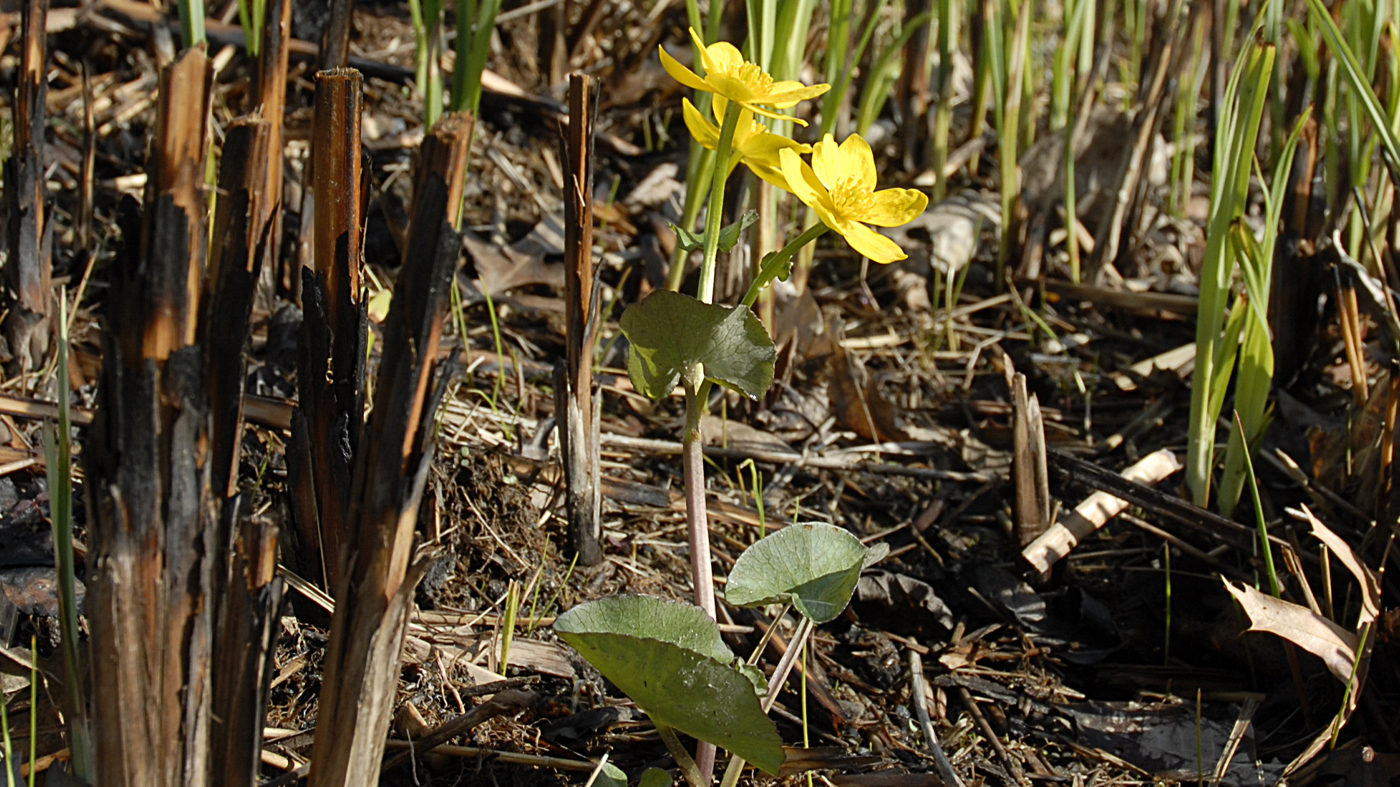
Conservation = Restoring Public Lands
Continuing your walk along the prairie path or road, you may encounter evidence of a prairie burn in early spring or late fall. Once regular occurrences in the Midwest, prairie fires no longer threaten our urban area; however, wildfires continue to ravage western states.
When wildfires strike, the Bureau of Land Management turns to the Chicago Botanic Garden for our scientists’ expertise in restoring native plant communities. Their ongoing experiments have already helped to restore hundreds of thousands of acres in such landmark areas as Utah’s Zion National Park and Nevada’s national forests.
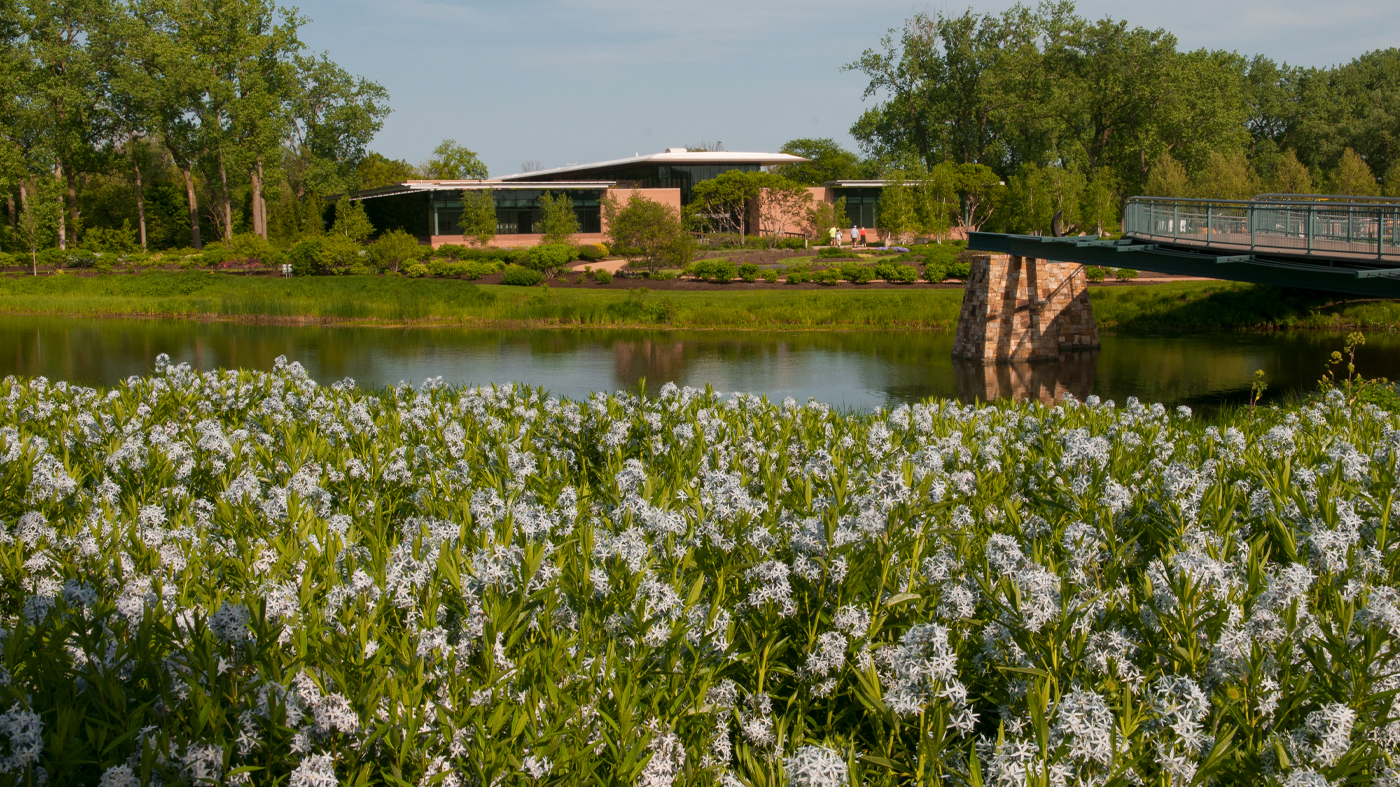
Conservation = Combating Climate Change
As you reach the end of the prairie, turn left after the bridge. The Plant Science Center can be seen just ahead.
Inside, at the Population Biology Lab, two dedicated rooms allow researchers to conduct tests around today’s greatest scientific challenge — climate change. Within the experimental growth chambers, scientists manipulate temperature, light, and carbon dioxide levels to test a plant’s ability to survive in changing conditions. The results may save species threatened by habitat loss and extinction.
Conservation = Teaching the Next Generation
Past the horticulture greenhouses on your right is the Outdoor Classroom. From the schoolchildren who attend programs here to the graduate students you see working in the Plant Science Center, we’re committed to training the world’s next plant scientists. The Garden hosts the country’s only Ph.D. program exclusively focused on plant biology and conservation, in conjunction with Northwestern University.
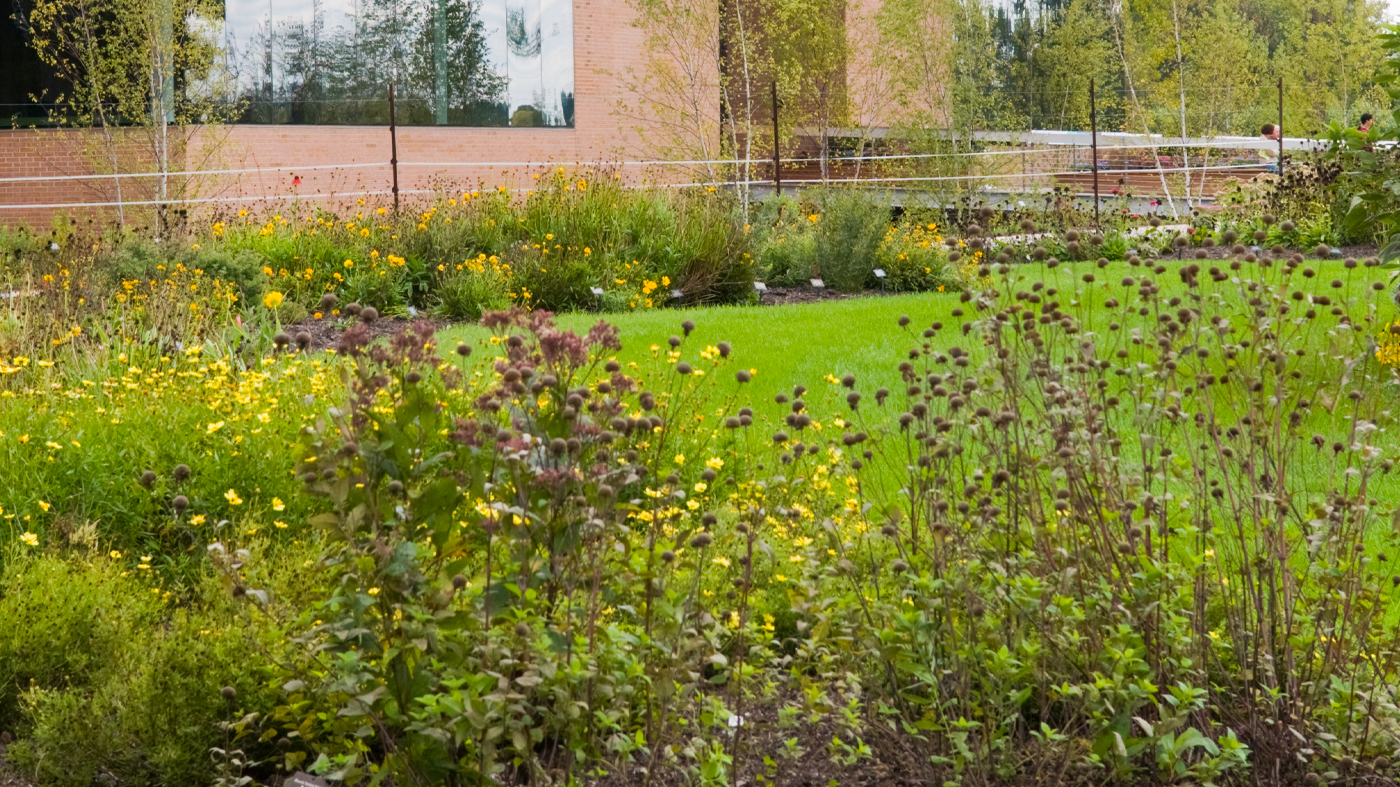
Conservation = Evaluating & Breeding Plants
As you draw near the Plant Science Center, you’ll pass between long, fenced beds on the right and curving beds of roses on the left. These are test beds for our Plant Evaluation and Plant Breeding program, the largest of its kind in the country. Here, and in the Plant Evaluation Garden ahead on the left, perennials and shrubs grow under the watchful eyes of scientists who monitor them for health, habit, hardiness, and a host of other criteria. The published results of these evaluations inform the plant choices of everyone from fellow scientists to home gardeners.
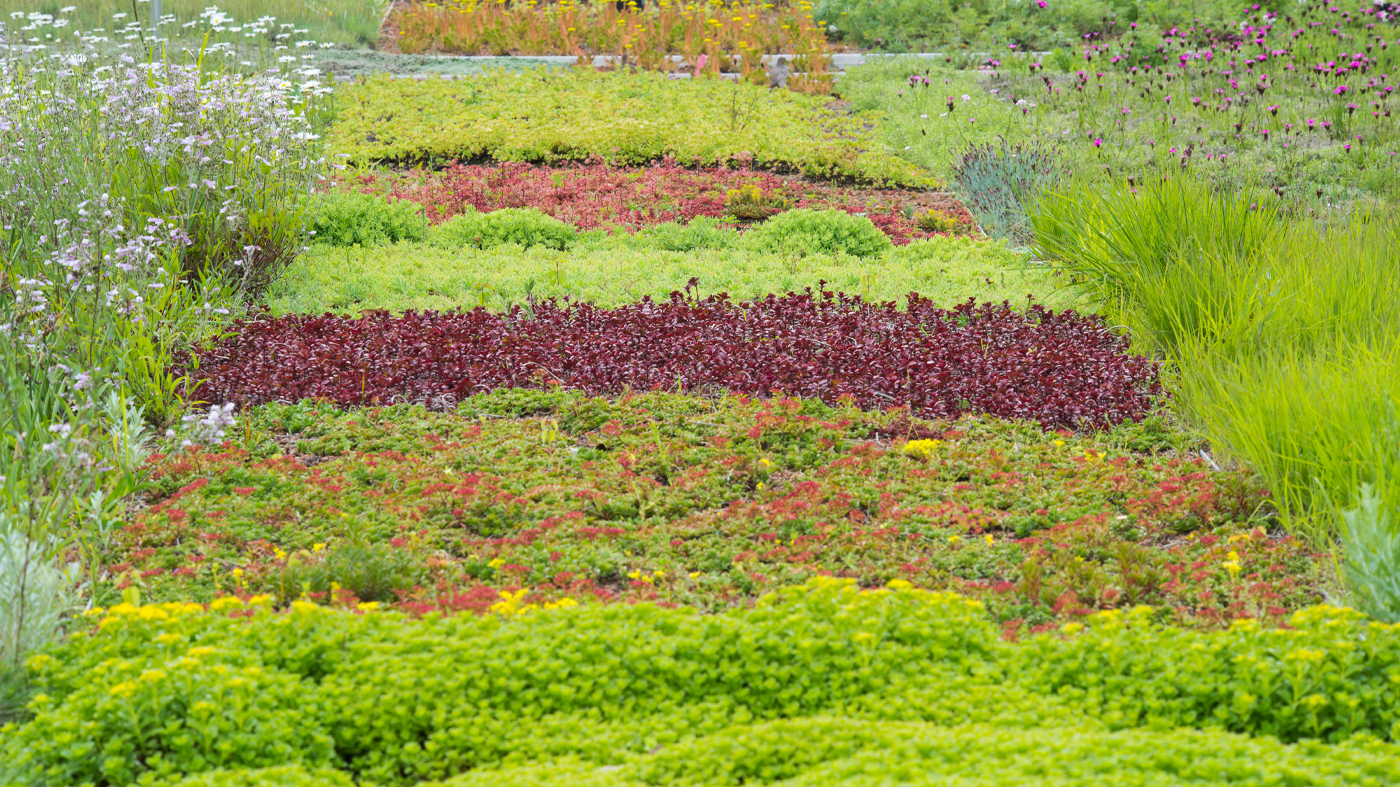
Conservation = A Green Roof
It cools the building, reduces rainwater runoff, cuts pollution — and the views are magnificent! The Plant Science Center’s green roof is 16,000 square feet of both display and evaluation gardens — a living laboratory where scientists expand our knowledge about the plants that can thrive in these unusual outdoor conditions.
Your walk is an act of conservation in itself.
Enjoy your visit!

